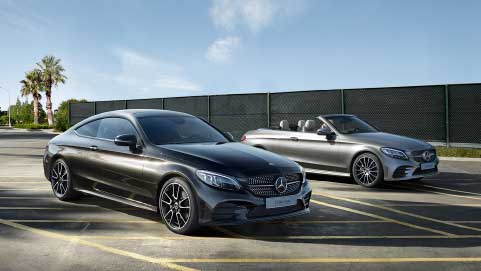Benefit in Kind Explained
Company cars are often essential for business critical operations and make great incentives for attracting top quality staff. They are also taxable benefits, in addition to an employee's or director's monthly salary.
Company car tax is known as Benefit in Kind, which is based on how harmful it is to the environment. Every car has a BIK tax banding based on the vehicle's CO2 emissions, and the amount of company car tax you will pay depends on the car's official list price and your annual salary.
The latest BIK announcements
In 2019, the new company car tax rates for 2020 to 2023 were announced as the government provided its response to the WLTP consultation. The announcement saw:
- Two new BIK tables with any cars registered before April 2020 with fixed rates until 2023 (based on the previously planned rates for 2020/21).
- Cars first registered after April 2020: Most company car tax rates will have a 2 percent reduction in 2020/21 and will then rise by 1 percent each year after that back to the planned rate in 2022/23.
- All full electrics will pay 0 percent in 2020/21, 1 percent in 2021/22 and 2 percent in 2022/23 in an effort to fast track the shift to zero emission cars.
- The 4 percent diesel premium as per the published BIK rates remain, but cars classed as RDE2 will still be exempt.
How to calculate company car tax
The company car tax payable by an employee is based on:
- The P11D value of the vehicle
- This is multiplied by the car’s company car tax rate (dependent on the vehicle's CO2 emissions and fuel type) – this gives you the BIK amount.
- Multiply by your personal tax rate, according to your salary (basic rate of 20 percent or higher amount of 40 percent).
HMRC offer a Company Car Tax Calculator to make working out BIK easier.
Benefit in Kind and LCVs
Unlike a company car, LCVs (including vans) are taxed depending on how you use the vehicle. You will pay no tax on the vehicle if you use it for work purposes and what is termed by HMRC as ‘insignificant private use.’ If the vehicle is used for ‘private use’, you will be required to pay BIK company van tax at a fixed rate of £3,430.
How to calculate company van tax
You will need to report a standard value of £3,430 to HM Revenue and Customs (HMRC). This can be reduced if:
- Your employee cannot use the van for 30 days in a row
- Your employee pays you to privately use the van
- Other employees use the van - divide £3,430 by the number of employees
Van fuel for private journeys
You will need to report a standard value of £655 to HMRC. This can be reduced if:
- The employee cannot use the van for 30 days in a row
- Your employee pays you back for all their private fuel
- You stopped providing fuel during the tax year
Zero emission vans
You need to report the zero emission van on the P11D at 60 percent of £3,430 which is £2,058.
Double cab and crew cab pick-up tax rules
For these vehicles, the same company van tax rules apply, subject to additional guidelines. To be classified as an LCV, any vehicle that has more than one row of seats, they must have a one tonne payload capability.
Definitions
Van/LCVs - a vehicle that carries a burden or goods (not people), not exceeding 3,500kg when fully loaded.
Insignificant private use - effectively commuting to and from work, with minor exceptions such as stopping at a shop on the way.
Significant private use - examples include regular trips in the van to do supermarket shopping, taking the van on holiday or using for social activities.







